Plantar wart surgery is one of the options for dealing with this fairly common problem. A plantar wart is a non-malignant growth on the surface of the skin on the sole. It can be painful because the area is constantly being pressed and irritated due to walking.
Plantar warts, like all the other types of warts, are caused by human papillomavirus. This virus dwells in warm and damp areas, and it can be easily transmitted after walking barefoot in such areas, sharing personal items like towels, or wearing someone else’s footwear. It can also be transmitted by sharing certain utensils, like those used for pedicures.
The virus penetrates the skin through small cracks and cuts, and it can be dormant for as long as 20 months before it causes a wart.

Plantar warts look like hard blisters or like cauliflower and they are usually surrounded by a patch of hardened skin. Because of the pressure, they can turn around and grow inwards.
Surgery for Plantar Warts
Surgery may be the right option for those who have tried to no avail to treat the wart with other methods. Those methods usually include products like gels, pads, and plasters with salicylic acid, duct tape method, or various herbal preparations, oils, and pastes.
Doctors usually recommend surgery as it is the fastest and the most effective method. The surgeon completely removes the wart, but the problem is that he or she cannot remove the virus itself, so the wart may reoccur.
There are different surgical procedures for warts, and they are generally determined by the location, spreading, and severity of the wart. Different procedures cause different amounts of pain afterward. Some of them leave scars, and some do not. Generally, surgery for plantar wart can be expensive, depending on the method.
Surgery Options for Plantar Warts
One of the surgical options for wart removal is laser surgery, where a laser beam is pointed directly to the wart and destroys it. This method is quick and mostly painless, but it can be expensive, and it may require several visits to the doctor.
Electro surgery uses electrical current to destroy the wart. It may cause some pain and leave small scars. Like laser surgery, this method may require several sessions.
Curettage is a procedure in which the surgeon uses a sterilized surgical knife to cut out the wart. This procedure can be painful, both during and after treatment. It is probably the cheapest option, and it can be done all at once, without having to go back for another appointment.
In cryotherapy, the wart is virtually frozen with liquid nitrogen. This treatment not only removes the wart but also destroys the virus as well. It is relatively painless and, in most cases, does not leave a scar, but it is not very quick, as it may take three to four weeks for the wart to go away completely.
- 100 consecutive patients with plantar warts treated by one General Practitioner over a sixteen month period were analysed. Patients were followed up to assess success and relapse rates and the development of any complications.
- The number, type, size and position of plantar warts were also recorded and analysed.
- A total of 514 plantar warts presented for treatment. 505 Plantar Warts in 96 patients were considered suitable for treatment using liquid nitrogen cryosurgery via a Byrmill cryogun.
- Patients were treated by the open spray technique after debulking the plantar wart using a surgical blade. 421 plantar warts (83.5%) cleared completely with one single treatment of cryosurgery. A further 30 (6%) cleared with two treatments and another 15 (3%) cleared with three treatments.
- In total, 467 plantar warts (92.5%) cleared completely using cryosurgery and 90% of these cleared with one treatment. Of the remaining 38 plantar warts, 23 (4.5%) were lost to follow up and 12 (2.4%) were managed using other techniques after initially being treated with cryosurgery. Only 3 (0.6%) plantar warts failed to clear. However, all three were smaller and less painful after treatment.
- No patient had to be referred to hospital for treatment of their plantar warts. There were no serious complications of treatment.


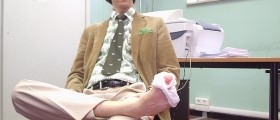
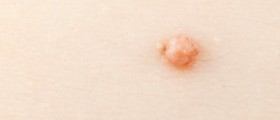
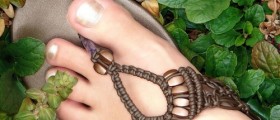






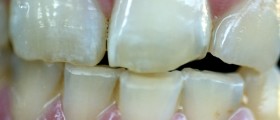

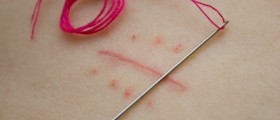

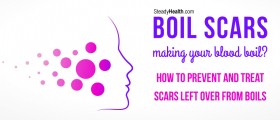
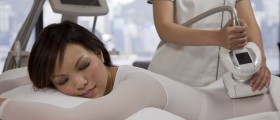
Your thoughts on this
Loading...